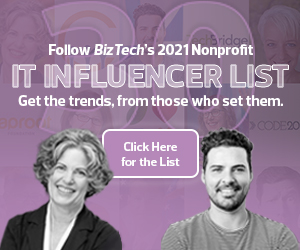What Drives Donor Thinking
John Costello, an assistant professor of marketing at the University of Notre Dame’s Mendoza College of Business and one of the study’s authors, says this phenomenon reflects a less benevolent way of thinking about donations.
“We often focus on the altruistic motives that donors have for giving their time or their money, and that certainly plays a large role. There is an aspect of just trying to do the most good in the world,” Costello says. “But I think it’s really important for organizations to think about more self-interested motives.”
Many donors are looking for clear signs of the impact of their support — and that can feel more obvious when it involves a volunteer activity. Costello cites soup kitchens, where people donating their time can actually see the work they’ve done.
“We know from psychology that being involved in an action increases people’s perceptions of control,” he says. “So ultimately, it’s a feature of time — it’s something that can’t be separated from the person who’s giving it, and that leads to that greater sense of control.”
MORE FROM BIZTECH: Check out the technology that will be trending for nonprofits in 2022.
Financial donations have a more pronounced effect than volunteering because the money can be used across many areas of an organization. But they may not have the same visceral effect, which can create challenges for nonprofits in reaching their audience. According to a study by Fidelity Charitable, nearly 40 percent of donors are more likely to donate time before they offer a financial donation to a group. The solution to this problem, the study says, is to make the benefits of financial donations clearer to donors, which requires a more complex messaging strategy.
“It’s based on the fundamental features of time versus money,” Costello says.
The Role of Donor Perception
Donors often don’t have a direct influence on how nonprofits operate — that’s up to a board to decide, and it’s tied to the nonprofit’s overall mission.
However, giving donors a choice in how their financial gifts are distributed — for example, to a certain department or geographic area, or in support of specific relief efforts — can help donors feel they have some control over the final outcome, which might persuade them to give.
“All that really matters is that people perceive that they have control. That’s what really drives behavior,” Costello says.











